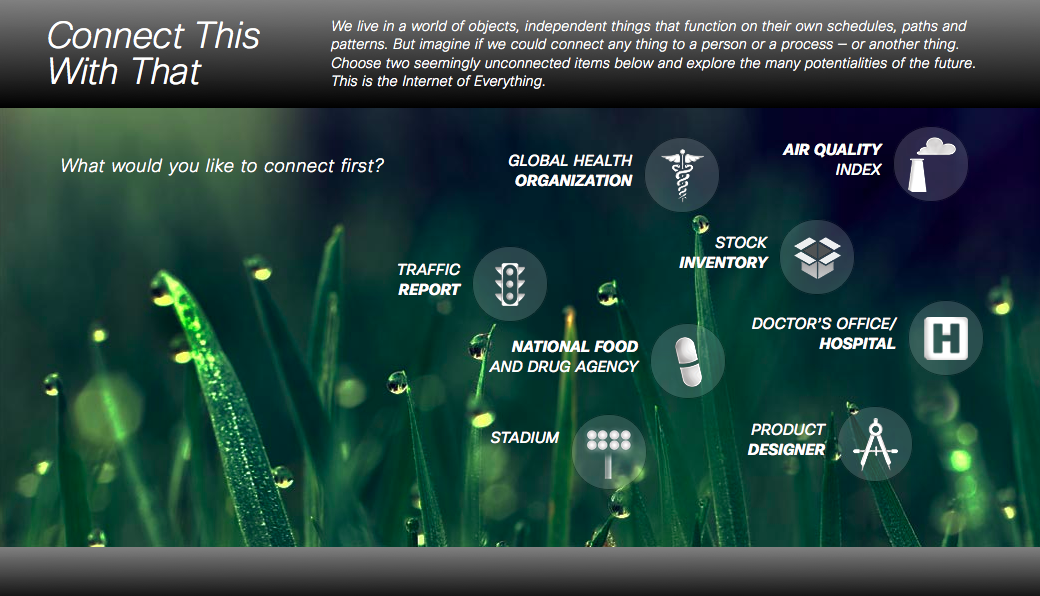The past few weeks have revealed what a tough industry the IT industry can be. Many stalwarts, competitors among them, have struggled to meet their financial targets, citing a variety of factors from the macro-economic environment to more aggressive competition from rivals, including Cisco.
It’s no secret that Cisco has performed consistently well during the same period, and I am proud to have played a part in driving us to another record revenue quarter. Moreover, I’m delighted with the progress in our wireless business, where we reported sequential and profitable growth of 27% year-over-year.
How did we do it? Not by any cut-throat measures, as some rivals have suggested (in fact, our pricing policies haven’t changed in recent months, and our customers have the choice to buy products in combination or individually), but by doing what matters most: listening to customers, and innovating with pace and focus. Here are my top five reasons why Cisco’s innovations and acquisitions are winning us market share in the wireless sector:
- Customers want an architectural approach – 69% of the costs of running networks are incurred after the initial equipment purchase, with 47% coming in the form of labor costs. Think about how managing wireless and wired networks separately adds to those costs. By offering customers the choice to unify wired, wireless and virtual private networks (VPNs), into a single, highly secure network infrastructure, Cisco’s Unified Access architectural approach puts money back in our customers’ pockets. That’s a key reason we’re winning.
- Relentless Innovation Will Always Win Out – The innovations behind our Unified Access architecture are built on an engineering capability few rivals can match. The Unified Access Data Plane (UADP) ASIC that is central to our Unified Access strategy is a great example of the outstanding results our $6Bn+ annual R&D investment buys us. Silicon engineering is expensive. Competitors can’t solve customers’ problems with as much specificity and focus as Cisco can. Our approximately 650 silicon engineers give Cisco a huge innovation advantage.
- Wireless is About Delivering Mobile Experiences, not just Connectivity – Getting connected is becoming table stakes. Our customers want solutions that enable them to use the information about how and where their customers are connected to provide them with better location-based services, and superior experiences. The acquisition of ThinkSmart gave us a big advantage in this area, one that we’re already putting to good use through our partnership with AT&T and others.
- We’re Helping Service Providers Transform their Networks for Wi-Fi – Speaking of service providers, our SP Wi-Fi strategy has delivered Cisco a strong advantage in partnering with telecommunications operators. We offer an end-to-end SP mobility architecture from access layer to the mobile packet core that our rivals simply can’t match.
- We’re embracing the Cloud to further simplify Wireless Network Management for Mid-Sized Companies – Let me return to where I began: the cost and complexity of managing networks. What if you don’t have any IT staff at all? That’s the challenge that Meraki solved for thousands of customers with its Cloud Managed Networking approach that we now offer through our Cloud Networking Group. Effectively addressing the needs of mid-sized business from retailers to event venues, coffee shops to medical centers has been another key driver of our success.
I’m delighted we’re making strong progress in mobility, but we won’t rest on our laurels. Innovation takes a lot of hard work, as does anticipating the ever-changing needs of our customers.
I believe if we keep those two principles in mind, we’ll continue to enjoy many more positive quarters and, yes, we’ll do it at the expense of our rivals!




CONNECT WITH US